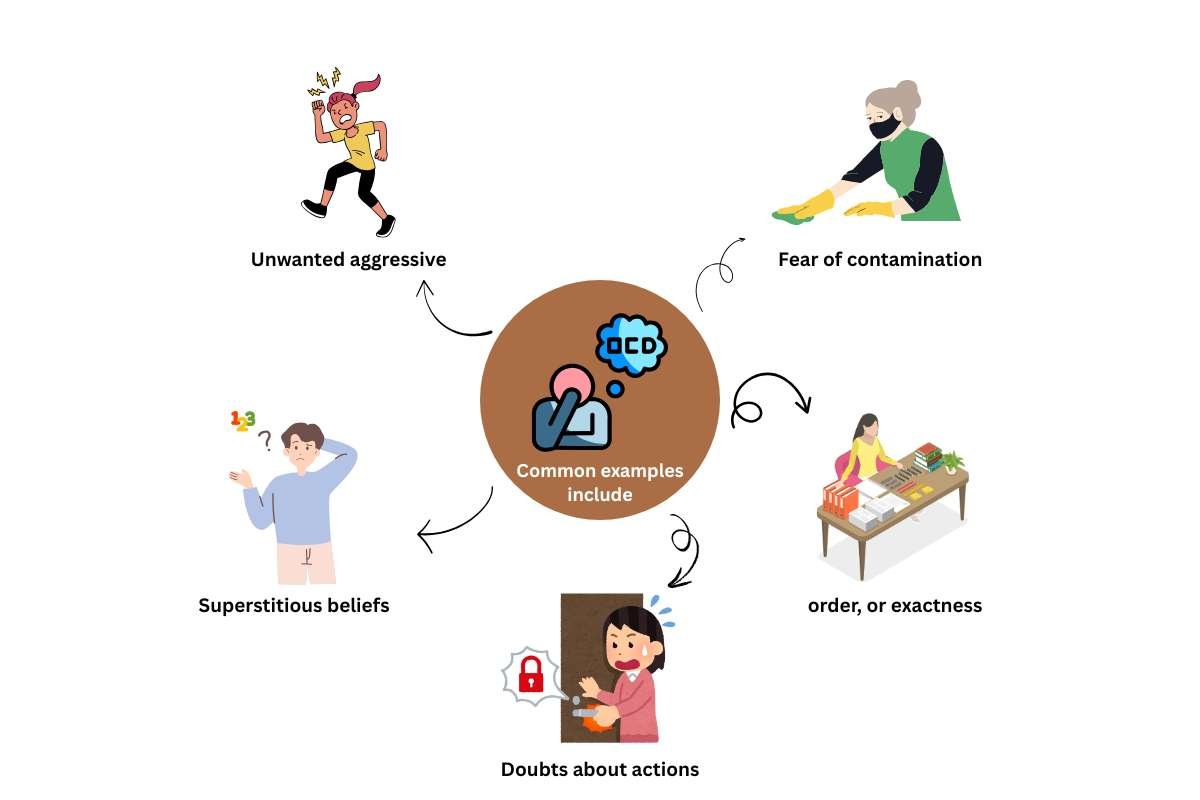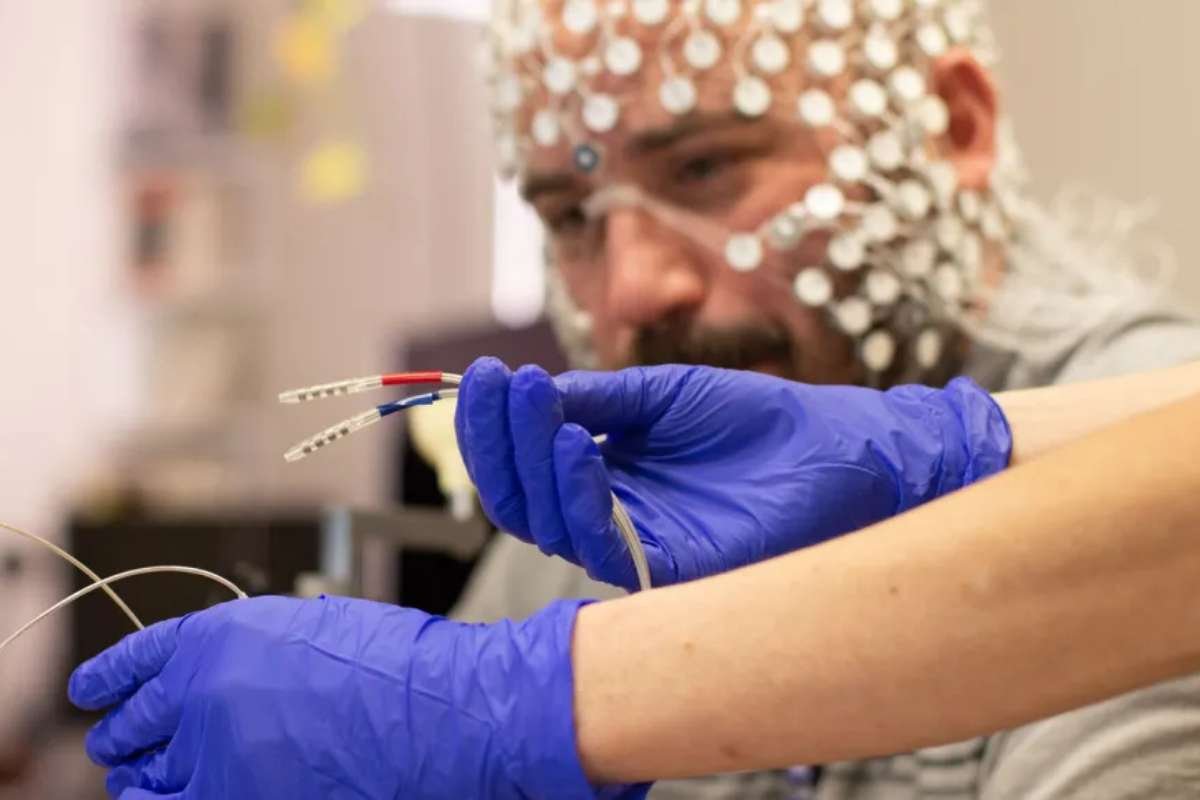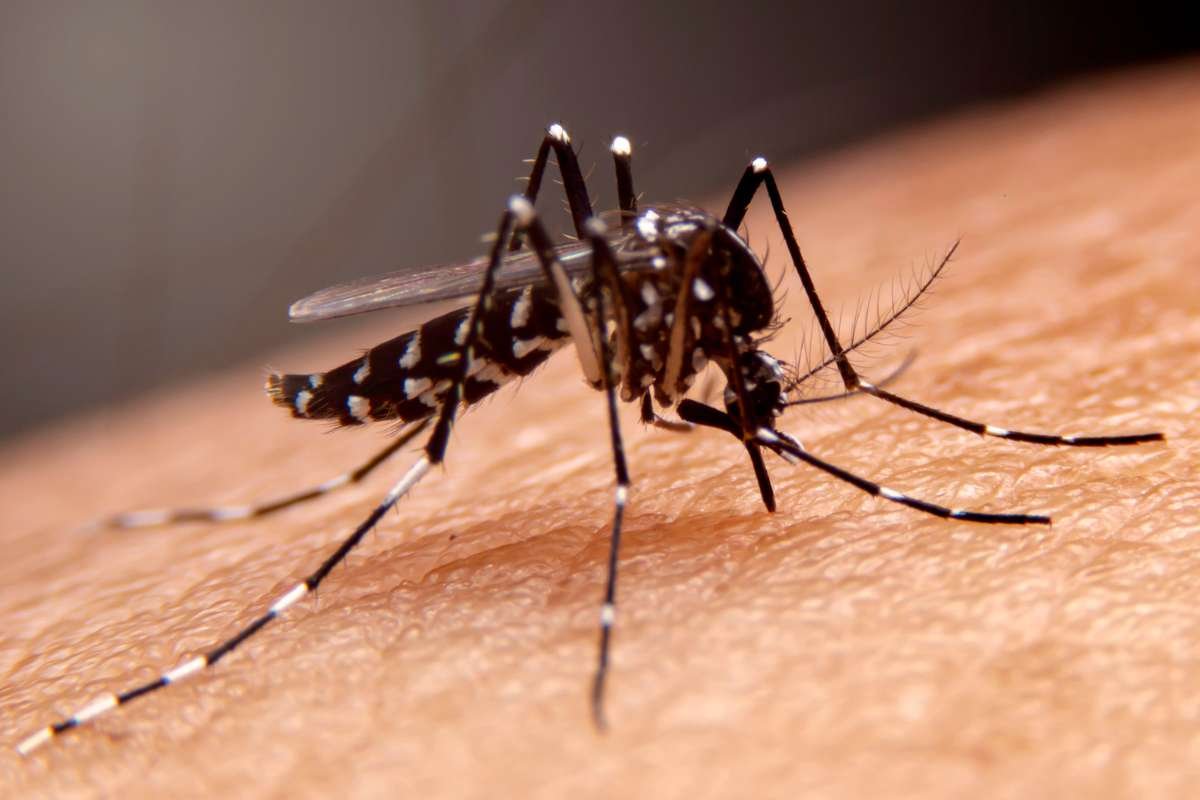Think about a mind that won’t let go, a relentless inner voice demanding perfection, repetition, or constant reassurance. It is not just about being a little particular or enjoying order. It’s about an intense, often devastating battle against one’s thoughts and impulses, where the desire for control leads to a loss of it.
This stubborn mental tug-of-war can trap individuals in cycles of distress, compelling them to engage in behaviors they know are irrational yet feel powerless to stop.
For many, this internal struggle remains hidden, a silent irritation behind a disguise of normalcy. These people might spend hours checking locks, arranging items symmetrically, or replaying mental conversations, all in an attempt to ease an anxiety that never really dissolves.
It’s a condition that profoundly impacts daily life, relationships, and well-being, often leaving those affected feeling isolated and misunderstood.
This challenging and often misunderstood mental health condition, characterized by intrusive thoughts and repetitive behaviors, is known as Obsessive Compulsive Disorder.
What Is OCD?
Obsessive Compulsive Disorder (OCD) is a chronic mental health condition characterized by a persistent cycle of intrusive, unwanted thoughts that are obsessive. And repetitive behaviors or mental acts that are compulsions that individuals feel compelled to perform.
Unlike common habits or a preference for tidiness, OCD is a serious and often draining disorder. It is not merely about being neat or organized. Instead, the compulsions are carried out to neutralize the intense anxiety and distress triggered by obsessions, considerably impacting a person’s daily functioning, relationships, and overall quality of life.
Symptoms:
1. Obsessions
It includes persistent, unwanted thoughts, images, or urges that cause distress.
Common examples include:

- Fear of contamination, such as germs, dirt, and illness
- Unwanted aggressive or horrific thoughts, like harming oneself or others, or sexual thoughts
- Need for symmetry, order, or exactness
- Doubts about actions, e.g., locking doors, turning off appliances
- Superstitious beliefs, e.g., specific numbers or colors bringing bad luck
2. Compulsions
This involves repetitive behaviors or mental acts performed to reduce anxiety related to obsessions. Often carried out strictly according to specific rules.
Common examples include:
- Excessive cleaning and washing, e.g., handwashing, showering.
- Repeated checking, e.g., locks, appliances, and written work.
- Counting, tapping, or repeating words/phrases.
- Arranging or ordering items in a precise way.
- Seeking reassurance from others.
- Hoarding unnecessary items
Causes and Risk Factors of Obsessive Compulsive Disorder:
1. Biological Factors
Genetics play a major role, with a higher risk for individuals having family members with Obsessive Compulsive Disorder. Brain imaging studies also suggest abnormalities in certain brain regions, particularly those involved in mood and decision-making, and imbalances in neurotransmitters, such as serotonin.
2. Environmental Factors
Stressful life events, such as trauma, abuse, or significant life changes (e.g., divorce or loss of a loved one), can trigger or worsen OCD symptoms in vulnerable individuals. In some children, a sudden onset of OCD symptoms is connected to certain infections, like streptococcal infections, known as PANDAS.
3. Onset
OCD usually appears in adolescence or early adulthood, though it can manifest in childhood. Symptoms usually develop gradually and can change in severity throughout a person’s life, often worsening during periods of heightened stress.
Diagnosis Criteria of OCD:

1. DSM-5 Guidelines
Diagnosing Obsessive Compulsive Disorder (OCD) relies on the DSM-5 guidelines. A person must experience either obsessions that are recurrent, unwanted thoughts/urges causing distress, or compulsions, which can be repetitive behaviors performed to ease this distress, or both. Critically, these symptoms must be time-consuming, e.g., over an hour daily, and cause major distress or impairment in their life.
2. Differential Diagnosis
Distinguishing OCD from other conditions like anxiety or depression is key. While anxiety is central to OCD, the difference lies in the specific, intrusive nature of the obsessions and the ritualistic, compulsive behaviors aimed at neutralizing them. Unlike general anxiety about everyday concerns, OCD obsessions are often irrational. Though depression can co-occur, in OCD, the distress is primarily driven by obsessions and the need to perform compulsions, not universal sadness.
Impact on Daily Life:
1. Work and School
OCD severely hampers concentration and productivity. Obsessions can take over focus, while compulsions consume valuable time, leading to missed deadlines, poor performance, or even job/academic loss.
2. Relationships
The disorder strains relationships. Partners, family, and friends may misunderstand rituals as quirks or deliberate acts, leading to frustration. The time-consuming nature of compulsions can also limit social engagement, causing isolation and resentment.
3. Quality of Life
Overall, OCD considerably reduces life satisfaction. The constant battle with intrusive thoughts and the need to perform rituals creates massive stress, anxiety, and often shame, severely fading enjoyment of life and well-being.
Advanced Treatment Options:

- Augmentation Strategies: For those with partial or poor response to initial medication (like SSRIs), augmentation involves adding another medication, often an atypical antipsychotic, to boost the primary drug’s effectiveness. This targets different brain pathways involved in OCD.
- Deep Brain Stimulation (DBS): A highly specialized surgical procedure reserved for severe, treatment-resistant OCD. It involves implanting electrodes in specific brain areas, which are then connected to a device (like a pacemaker) that delivers electrical impulses to modulate brain activity and reduce symptoms.
- Support Groups and Community Resources: Beyond clinical treatments, these offer invaluable peer support. Sharing experiences, coping strategies, and triumphs in a safe environment can reduce feelings of isolation, provide encouragement, and offer practical insights from those who truly understand the daily challenges of living with OCD.
Also Read:
- Understanding Psychiatric Disorders: Symptoms, Causes, and Treatment Options
- Understanding Tourette Syndrome: Causes, Symptoms, and Treatment Options
Conclusion
Breaking the cycle of Obsessive Compulsive Disorder is a journey of understanding and empowerment. Recognizing the signs and seeking an accurate diagnosis are crucial first steps toward reclaiming control.
With the right support and strategies, living a life no longer dictated by intrusive thoughts and compulsive behaviors isn’t just a hope; it is an achievable reality. If this resonates with you, know that effective help is within reach.
FAQ:
1. Does OCD ever go away?
While there isn’t a definitive “cure” for OCD in the sense of it completely disappearing, it is highly manageable and can significantly improve quality of life.
2. How to explain OCD to someone?
To explain OCD to someone, start by using simple terms and focusing on the core experience of intrusive thoughts and compulsions.
3. Can I live a normal life with OCD?
“We may not have a cure for OCD yet, but good functioning and quality of life are now achievable goals for most people who have the disorder.”







